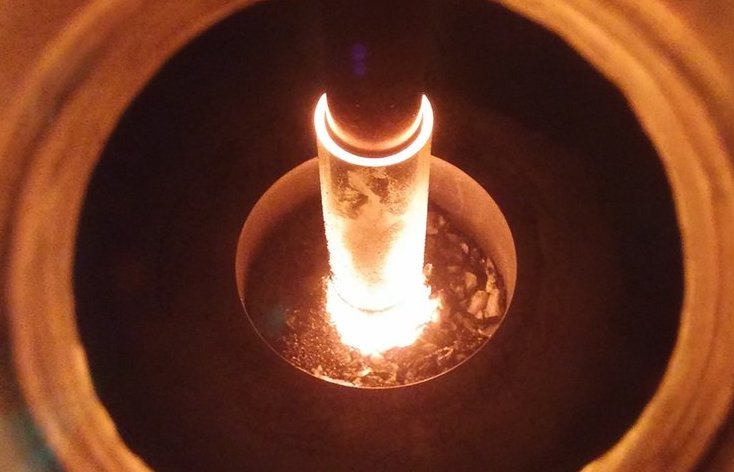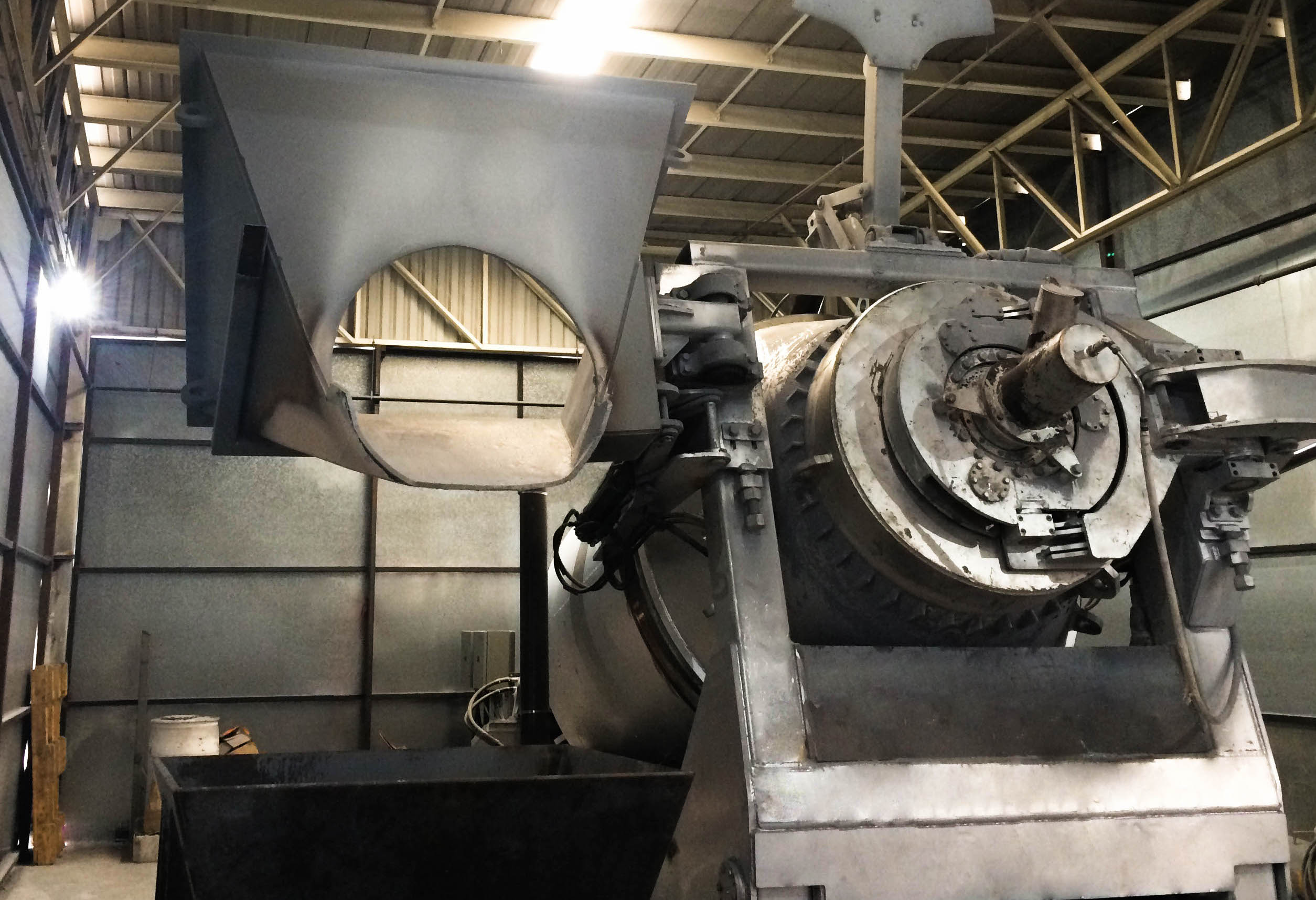Montreal-based metal powder producer and plasma torch specialist PyroGenesis has predicted a significant increase in its annual revenue within its preliminary Q4 2020 financial results.
For the three months ending December 31st, 2020, the company expects to have generated $3-5 million in revenue, a rise of between 180% and 367% compared to the $1.07 million reported during Q4 2019.
PyroGenesis’ strong financial forecast closely follows its application to be listed on the NASDAQ exchange, and the firm’s CEO P. Peter Pascali said at the time that the company is beginning to enter “a heightened growth phase.”
While the firm’s NASDAQ request is being processed, its shares remain listed solely on the Toronto Stock Exchange (TSX), and they have risen by 7% since its preliminary results were published, from $3.57 (CAD) to $3.81 (CAD).

The Q4 and FY 2020 guidance
Based on its preliminary financial data, PyroGenesis anticipates that over the course of FY 2020, it has generated total revenue of between $14 million and $16 million. This figure represents an increase of 192% to 233% over the $4.8 million in revenue reported during Q4 2019, and its shareholders will now receive minor dividends.
In terms of Earnings Per Share (EPS), the company expects its Q4 2020 figure to be in the range of $0.10 – $0.12, and it’s FY 2020 result to be between $0.22 and $0.24. Compared to the losses of $0.04 reported in Q4 2019 and $0.07 in FY 2019, these numbers represent a turnaround for PyroGenesis during a challenging year.
Of course, these figures remain subject to closing adjustments and the firm has yet to complete a detailed audit, consequently, it’s currently difficult to identify the factors behind the company’s revenue growth or to assess its profitability.
According to PyroGenesis’ VP IR-Comms and Strategic BD Rodayna Kafal, however, the firm is now looking to drive further growth by “attracting institutional and retail investors.” In anticipation of its listing on the NASDAQ, the company has also begun to buy back shares via an NCIB program, implying that it anticipates a rise in its valuation.
| Q4 2019 | Guidance 2020 | FY 2019 | Guidance FY 2020 | |
| Revenue | $1.07m | $3-5m | $4.8m | $14-$16m |
| EPS Basic | ($0.04) | $0.10-$0.12 | ($0.07) | $0.22-$0.24 |
Within the buyback scheme, PyroGenesis will be able to purchase up to 5 million of its shares over 12 months, although it won’t necessarily buy them all, as was the case last October when it purchased just 1.3 million shares in a similar program.
In a statement issued alongside the NCIB, the firm’s Board of Directors said that “the market price of the company’s common shares may from time to time, not reflect the underlying value of the company, specifically its growth opportunities.”
“The proposed purchasing of its common shares is in the best interests of the company and represents an appropriate use of corporate funds,” they added. “It is expected that any purchases made by the company could also enhance value and liquidity for its shareholders.”

PyroGenesis’ 3D printing technology
Established in 1991, PyroGenesis uses its patented Plasma Atomization Process for both the disposing of industrial waste and creating fine metal powders for 3D printing. The company has been steadily ramping up the R&D spending on its plasma process in recent years, and this has yielded a number of technical developments.
PyroGenesis managed to eliminate tungsten contamination from its 3D printing powders in March 2018, and this was followed by the launch of its NexGen Plasma Atomization System. The new machine is capable of producing metal powders at a rate of over 25kg/h, something the firm views as critical to its industrialization plan.
In the long-term, Pyrogenesis seeks to achieve ‘round-the-clock’ production, but it has already received several sizable contracts in the last two years. In 2018, the firm received orders worth $32 million, including the first government shipment of its specialist powders, and an MoU with metal processing firm Albert & Duval.
Additionally, in its most recent full Q3 2020 financials, PyroGenesis reported an order backlog of $36.4 million, which incorporated an $11.5 million U.S. Navy deal, and a contract worth over $20 million from Drosrite International. Halfway through 2019, PyroGenesis also raised $3 million through non-brokered private placement financing, to fund its continued expansion.
Plasma atomization competition
Plasma atomization yields materials with uniform particle size, making them ideal for 3D printing, and a handful of Canadian companies use similar techniques to PyroGenesis to create rival additive manufacturing powders.
AP&C, the metal 3D printing powder production arm of GE Additive, also uses plasma atomization to produce proprietary metal powders. The process is well-suited to creating additive manufacturing materials, but it can also be deployed in the production of coating, injection molding and pressing powders.
Tekna is another one of the very few companies that produce 3D printing powders via gas plasma atomization. The firm signed an MoU with steel specialist Aperam in 2018, through which it agreed to co-develop a spherical metal powdered feedstock for use within the additive manufacturing industry.
To stay up to date with the latest 3D printing news, don’t forget to subscribe to the 3D Printing Industry newsletter or follow us on Twitter or liking our page on Facebook.
Are you looking for a job in the additive manufacturing industry? Visit 3D Printing Jobs for a selection of roles in the industry.
Featured image shows inside the crucible of PyroGenesis’ plasma atomization process for metal powders. Photo via PyroGenesis.


